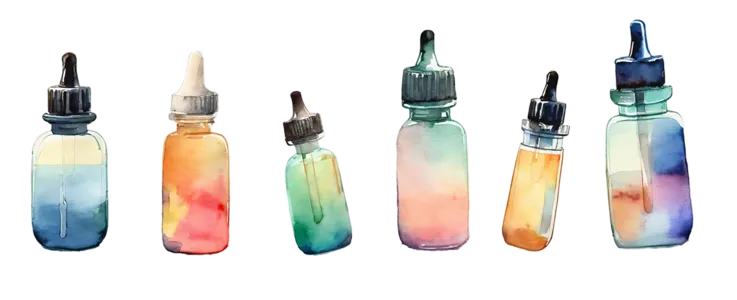Hada Labo Gokujyun Hyaluronic Acid Lotion - Normal Versus COSRX AHA/BHA Clarifying Treatment Toner
Updated on June 11, 2025
Overview
What they are
These products are both fungal acne (malassezia) safe and reef safe toners. They have a total of 2 ingredients in common
Suited For
They're both likely to be good for anti aging, dry skin, brightening skin and scar healing
Free From
They both do not contain any harsh alcohols, common allergens, fragrances, oils, parabens, silicones or sulfates
We independently verify ingredients, and our claims are backed by peer-reviewed research. Spot a product that needs an update? Let us know.
Ingredient Info
Hada Labo Gokujyun Hyaluronic Acid Lotion 13 ingredients
COSRX AHA/BHA Clarifying Treatment Toner 11 ingredients
What's inside
What's inside
At a glance
Click on any of the items below to learn more
Hada Labo Gokujyun Hyaluronic Acid Lotion 13 ingredients
COSRX AHA/BHA Clarifying Treatment Toner 11 ingredients
Key Ingredients
Benefits
Concerns
Ingredients Side-by-side
Ingredients Explained
These ingredients are found in both products.
Ingredients higher up in an ingredient list are typically present in a larger amount.
Butylene Glycol (or BG) is used within cosmetic products for a few different reasons:
Overall, Butylene Glycol is a safe and well-rounded ingredient that works well with other ingredients.
Though this ingredient works well with most skin types, some people with sensitive skin may experience a reaction such as allergic rashes, closed comedones, or itchiness.
Learn more about Butylene GlycolWater. It's the most common cosmetic ingredient of all. You'll usually see it at the top of ingredient lists, meaning that it makes up the largest part of the product.
So why is it so popular? Water most often acts as a solvent - this means that it helps dissolve other ingredients into the formulation.
You'll also recognize water as that liquid we all need to stay alive. If you see this, drink a glass of water. Stay hydrated!
Learn more about WaterIngredient Ratings
Here's what our community thinks of the ingredients in these products.
When to use
Hada Labo Gokujyun Hyaluronic Acid Lotion 13 ingredients
COSRX AHA/BHA Clarifying Treatment Toner 11 ingredients

Reviews
Here's what our community thinks
